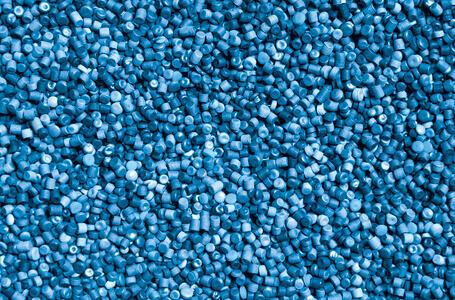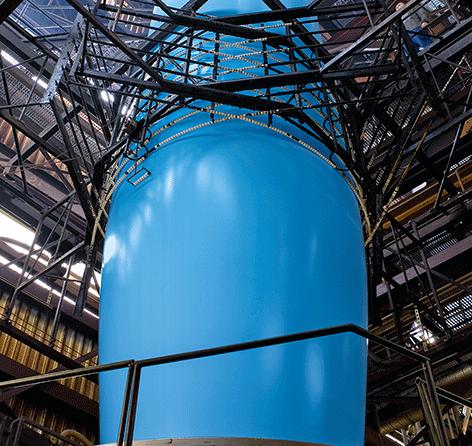Material plastics recycling
In material recycling, used plastics are reprocessed into new raw materials for production. In the process, the chemical structure of the material remains unchanged. The resulting granulate is called regranulate. This regranulate is obtained in several steps:
- Sorted plastics fraction
- Shredding
- Laundry
- Separation in float/sink process
- Mechanical/thermal drying
- Granulation
- Regranulate

